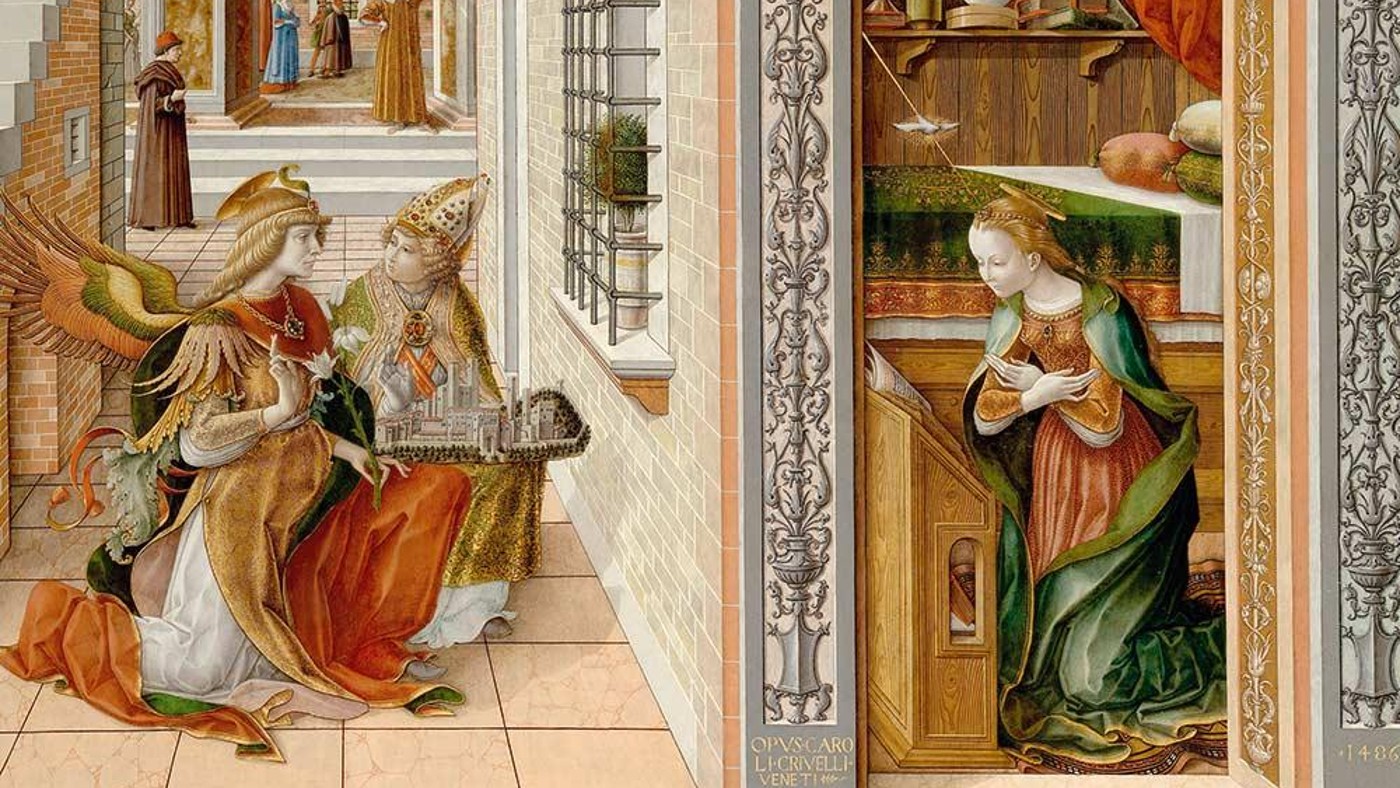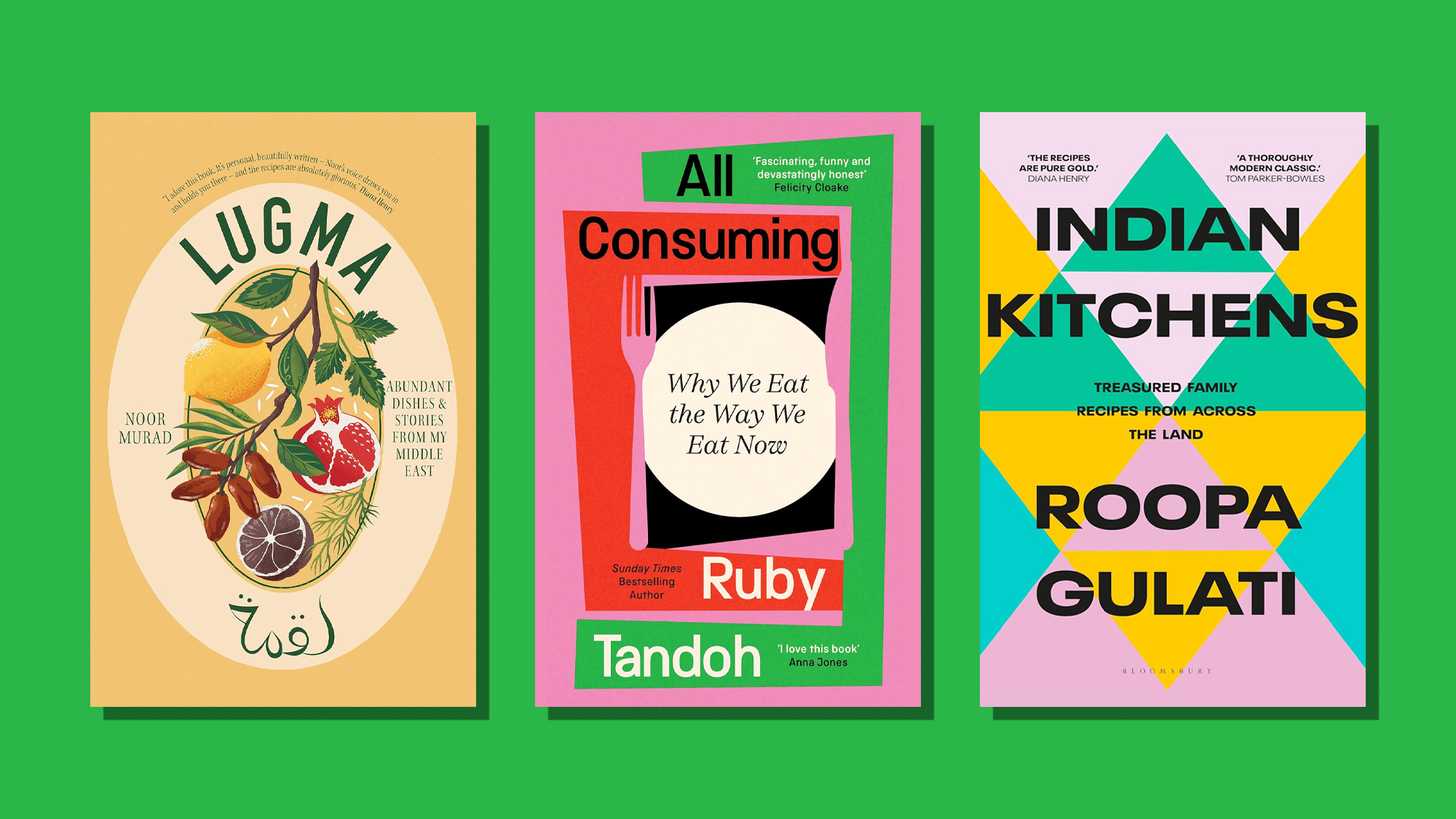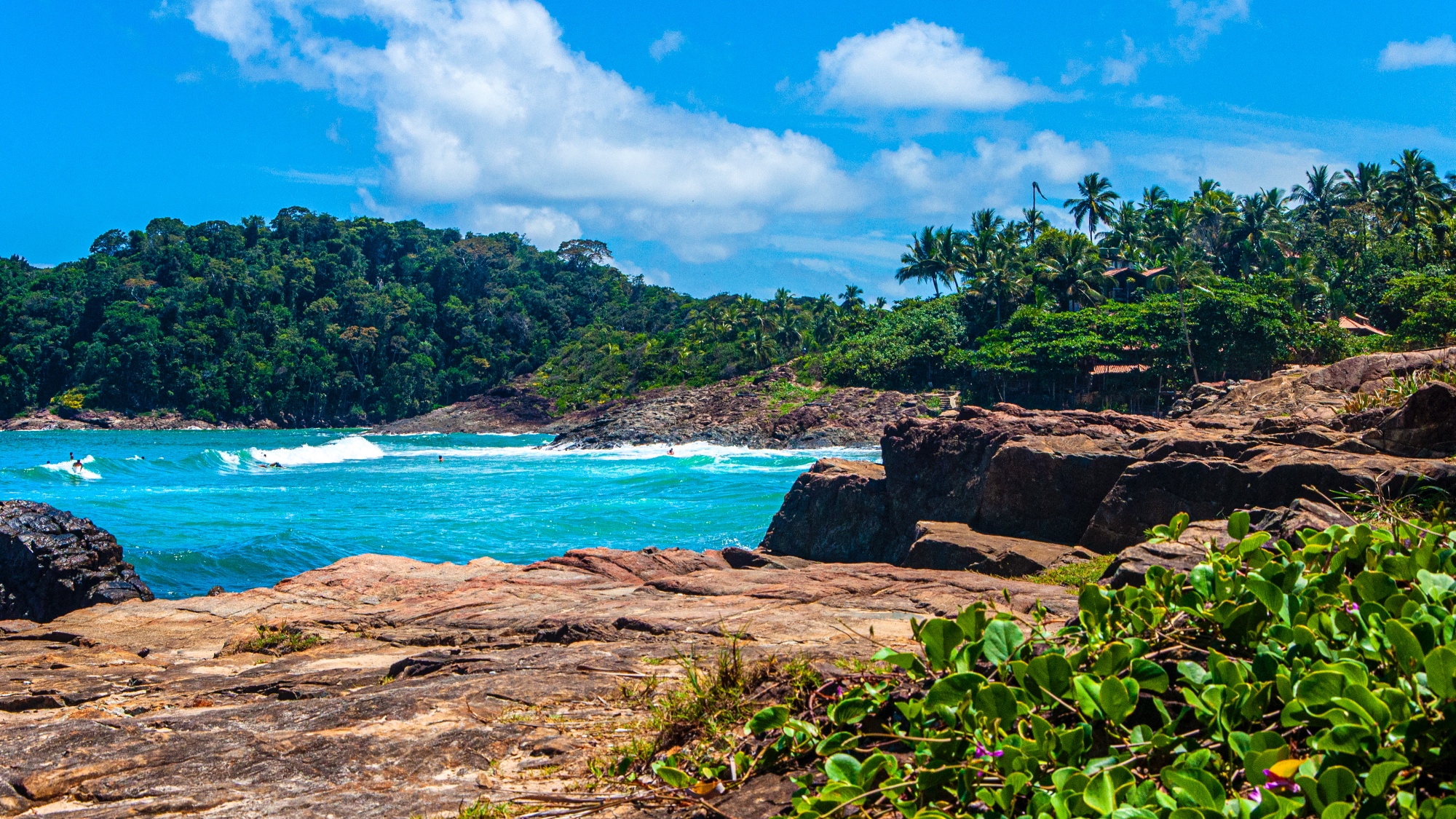Carlo Crivelli: Shadows on the Sky – work ‘considered centuries ahead of its time’
Ikon Gallery exhibition argues that Crivelli should be ‘celebrated for taking his own route’

The Italian painter Carlo Crivelli has been largely erased from art history, said Hettie Judah in The i Paper. “A true maverick”, Crivelli (c.1430-95) was a master illusionist with an unrivalled mastery of the trompe-l’œil style. His work “pits eye against brain” and “seems to bend space”, flaunting “the structure of his own illusions”.
Yet in the centuries since his death, Crivelli has been “dismissed”: he painted in tempera rather than oils, and by embracing obvious artifice and visual trickery, he did not “fit into the established narrative of the Italian Renaissance”, which tended towards “greater naturalism”.
This fascinating exhibition at Birmingham’s Ikon Gallery argues that, instead, Crivelli should be “celebrated for taking his own route”. The show brings together a selection of his illusionistic masterpieces in a “spirited” attempt to rehabilitate his art. It argues that, far from being art-historically irrelevant, his blurring of artifice and reality can in fact be “considered centuries ahead of its time”.
The Week
Escape your echo chamber. Get the facts behind the news, plus analysis from multiple perspectives.

Sign up for The Week's Free Newsletters
From our morning news briefing to a weekly Good News Newsletter, get the best of The Week delivered directly to your inbox.
From our morning news briefing to a weekly Good News Newsletter, get the best of The Week delivered directly to your inbox.
A Venetian by birth, Crivelli left his home city after being jailed for adultery, said Stuart Jeffries in The Spectator. He ended up in the city of Ascoli Piceno in the eastern Marche region, a relative artistic backwater. Yet instead of being creatively cut off, it could be argued, Crivelli “thrived precisely because he was outside the Venetian mainstream, able to play with ideas and dream up innovations that went beyond those of his contemporaries”.
And what innovations they were: in The Vision of the Blessed Gabriele (c.1489), Crivelli paints a “campy trompe-l’œil swag of apples and pears” hanging in the painted sky above the head of the eponymous monk. In his portrait of Saint Catherine of Alexandria, meanwhile, we see a fly that has landed on the wall; it is “oversized” relative to the saint, but life-size from the perspective of the viewer.
More intriguing still is The Annunciation, with Saint Emidius (1486), a “huge masterpiece” depicting a “complex urban landscape”. In its centre, we see Saint Emidius, a “proud local” of Ascoli, showing the angel Gabriel a model of the city, while the Virgin Mary relaxes “in the study of her town house”. A surfeit of weird detail – a peacock on a ledge, an oversized cucumber – subverts the picture, while a diagonal shaft of light from the heavens “shatters the perspectival illusion” – not tricking the eye so much as disabusing it of its illusions.

There’s something deeply “puzzling” about Crivelli’s paintings, said Waldemar Januszczak in The Sunday Times. While certain details are so viscerally realised as to seem almost tangible, his religious figures could never be accused of looking “realistic”: in one instance, we see a “particularly beautiful” Madonna in an impossibly “ornate” outfit depicted in “an unreal manner that stresses her divinity”; yet in the same picture, Crivelli paints a peach “that is so evidently juicy you can feel yourself biting it”.
A free daily email with the biggest news stories of the day – and the best features from TheWeek.com
This show “sees this from a contemporary angle” as a postmodern “conceptual game” – which ignores the powerful religious dimension in his work. Crivelli was attempting to suggest the existence of two different realities: in other words, “one style describes God’s world and the other describes ours”. Despite this blind spot, the exhibition is an impressive celebration of Crivelli’s “beautifully achieved illusions”.
Ikon Gallery, Birmingham (0121-248 0708, ikon-gallery.org). Until 29 May
-
 Why is Iran facing its biggest protests in years?
Why is Iran facing its biggest protests in years?TODAY’S BIG QUESTION Iranians are taking to the streets as a growing movement of civic unrest threatens a fragile stability
-
 How prediction markets have spread to politics
How prediction markets have spread to politicsThe explainer Everything’s a gamble
-
 Magazine printables - Dec. 19, 2025
Magazine printables - Dec. 19, 2025Puzzle and Quizzes Magazine printables - Dec. 19, 2025
-
 The best food books of 2025
The best food books of 2025The Week Recommends From mouthwatering recipes to insightful essays, these colourful books will both inspire and entertain
-
 Art that made the news in 2025
Art that made the news in 2025The Explainer From a short-lived Banksy mural to an Egyptian statue dating back three millennia
-
 Nine best TV shows of the year
Nine best TV shows of the yearThe Week Recommends From Adolescence to Amandaland
-
 Winter holidays in the snow and sun
Winter holidays in the snow and sunThe Week Recommends Escape the dark, cold days with the perfect getaway
-
 The best homes of the year
The best homes of the yearFeature Featuring a former helicopter engine repair workshop in Washington, D.C. and high-rise living in San Francisco
-
 Critics’ choice: The year’s top 10 movies
Critics’ choice: The year’s top 10 moviesFeature ‘One Battle After Another’ and ‘It Was Just an Accident’ stand out
-
 A luxury walking tour in Western Australia
A luxury walking tour in Western AustraliaThe Week Recommends Walk through an ‘ancient forest’ and listen to the ‘gentle hushing’ of the upper canopy
-
 Joanna Trollope: novelist who had a No. 1 bestseller with The Rector’s Wife
Joanna Trollope: novelist who had a No. 1 bestseller with The Rector’s WifeIn the Spotlight Trollope found fame with intelligent novels about the dramas and dilemmas of modern women